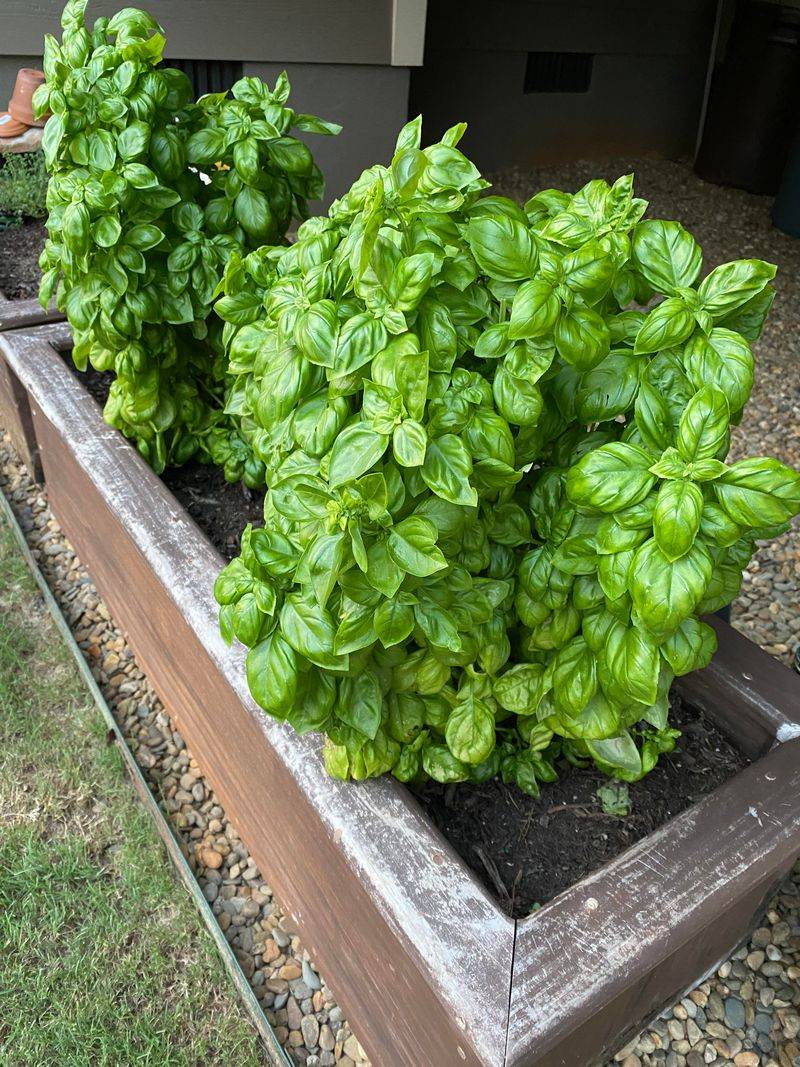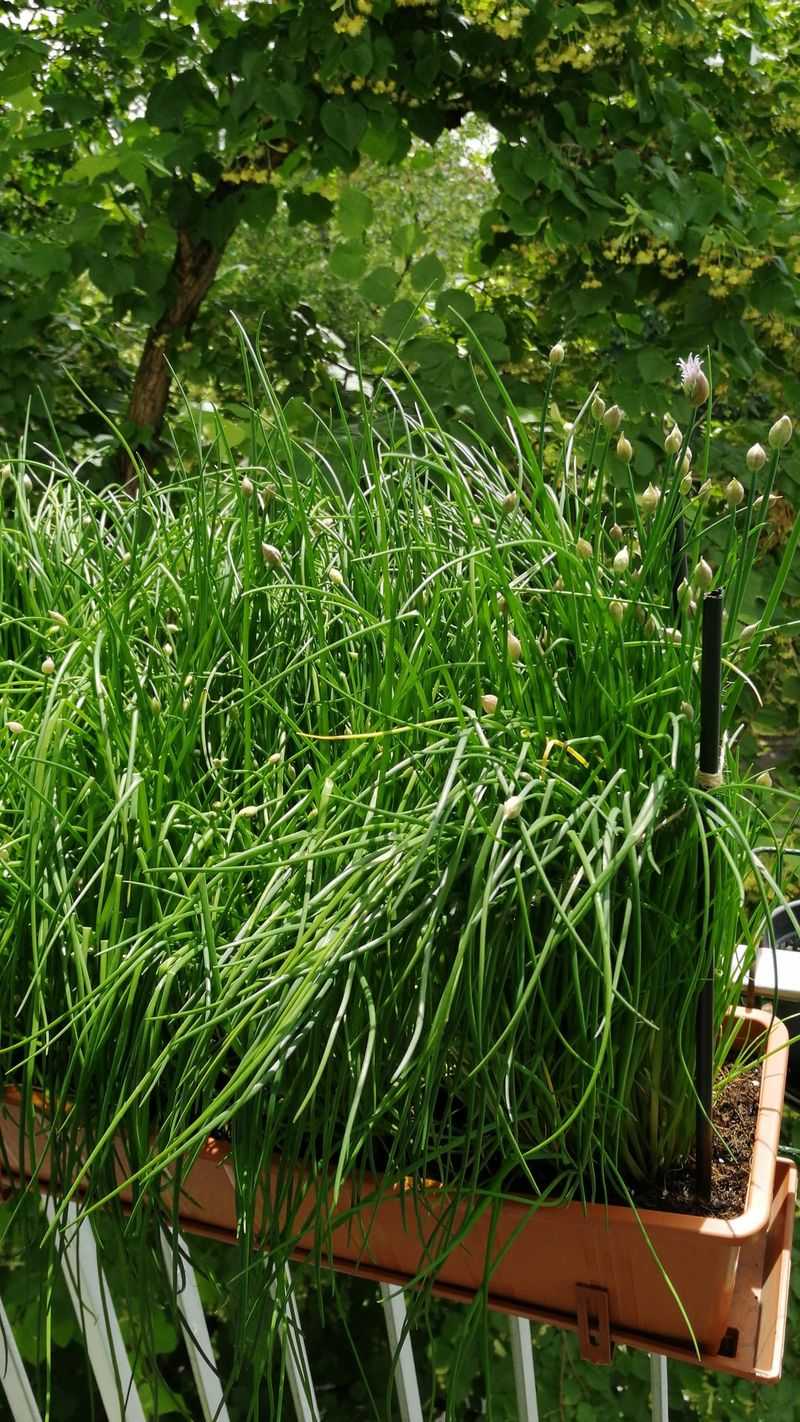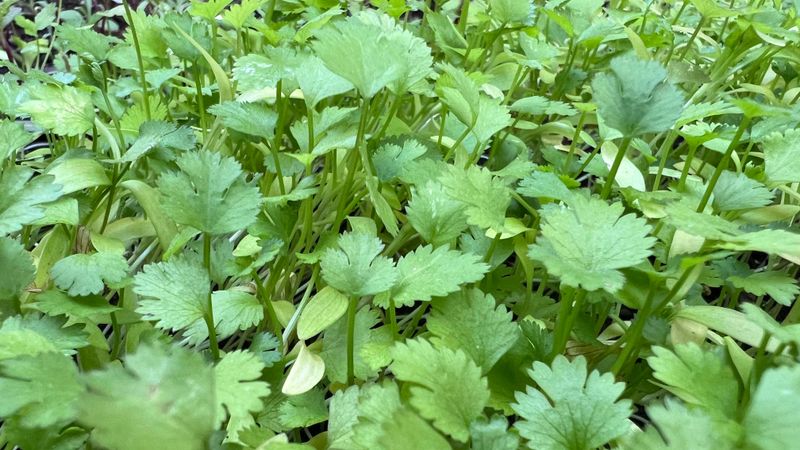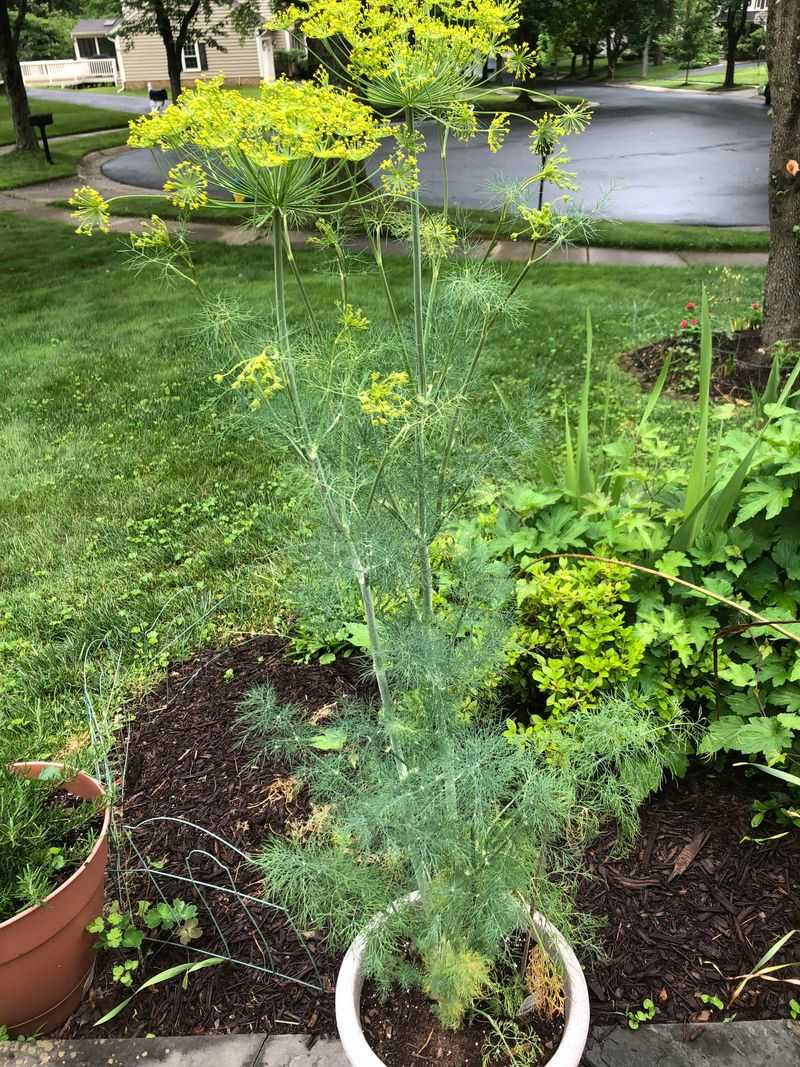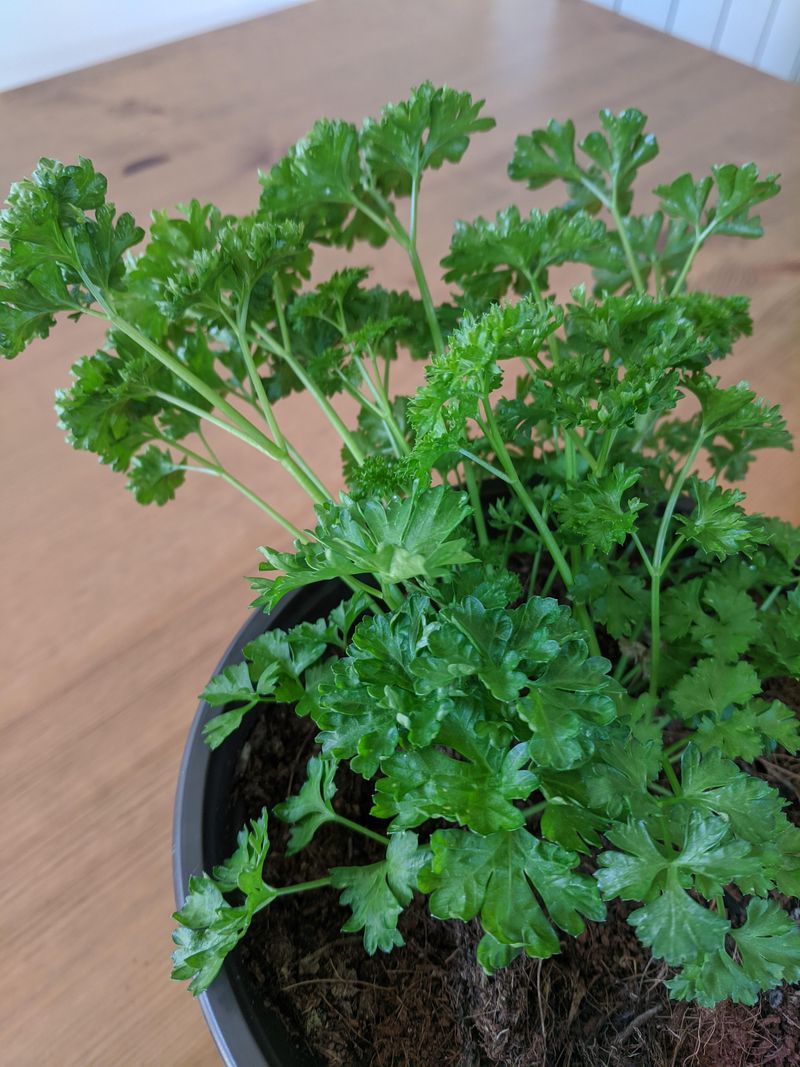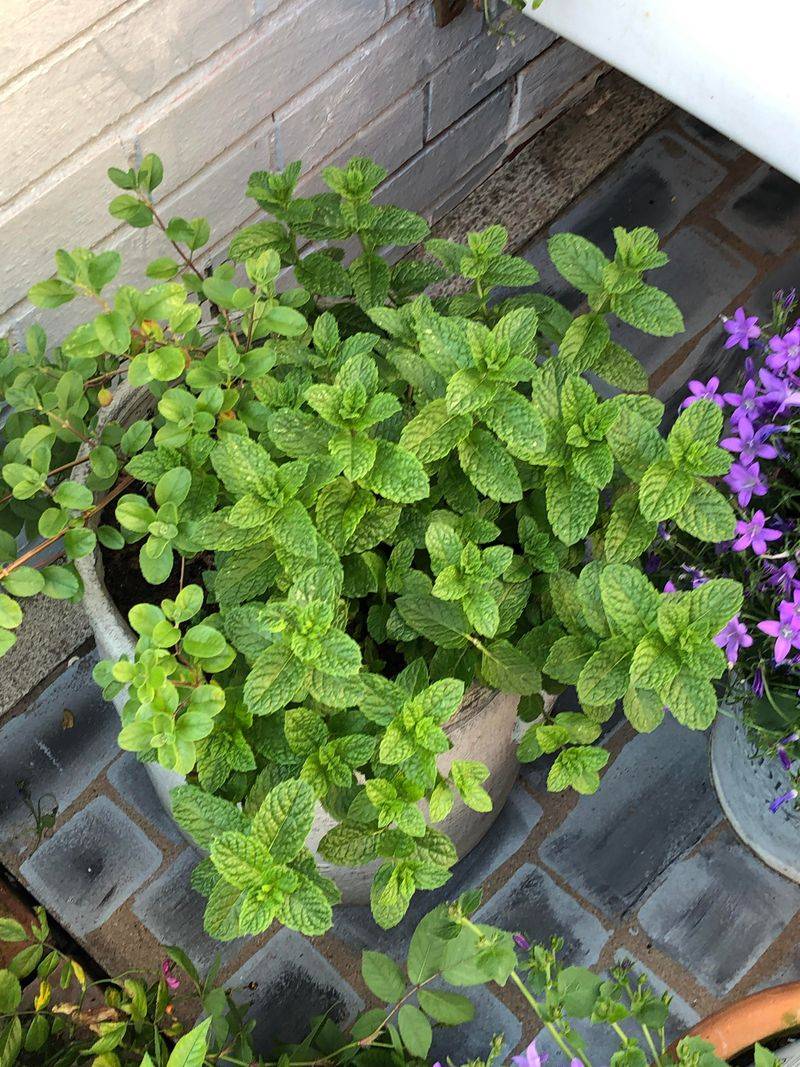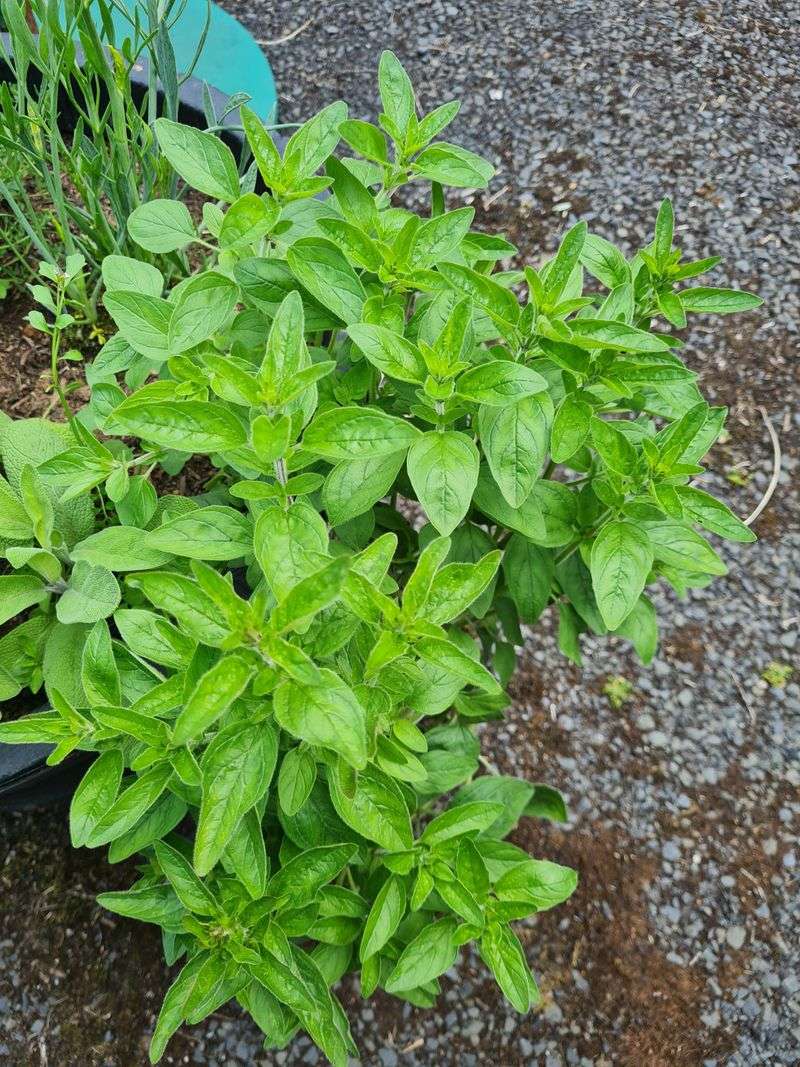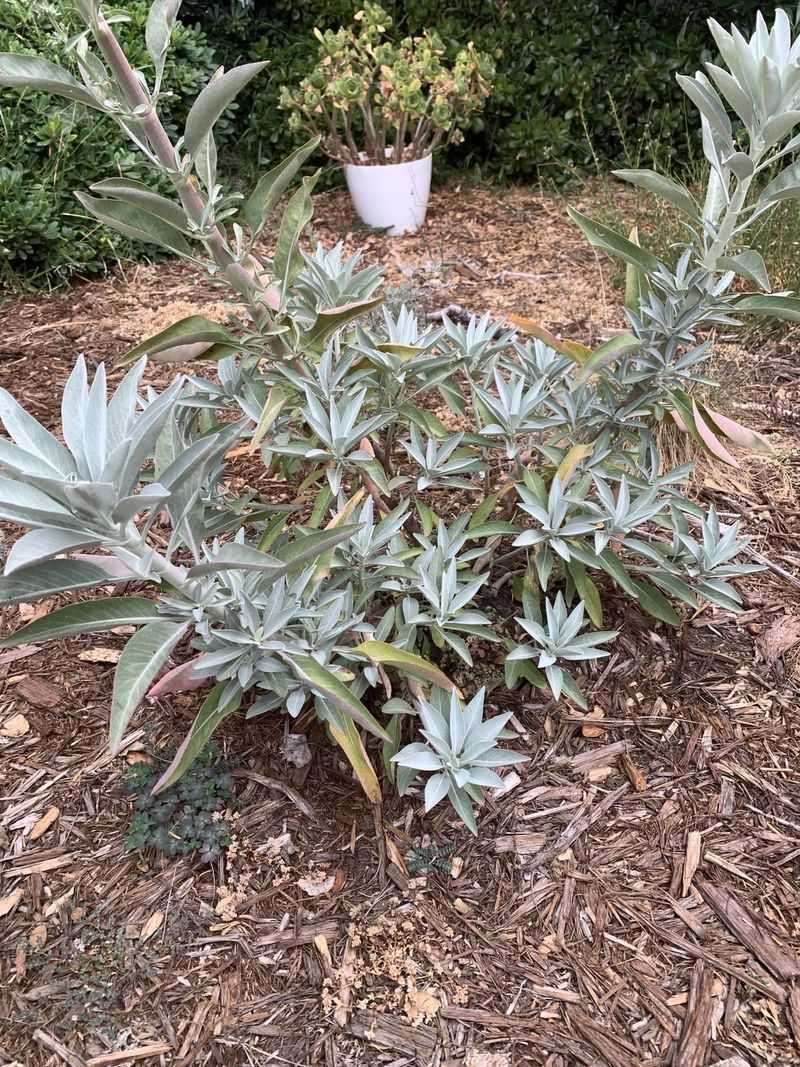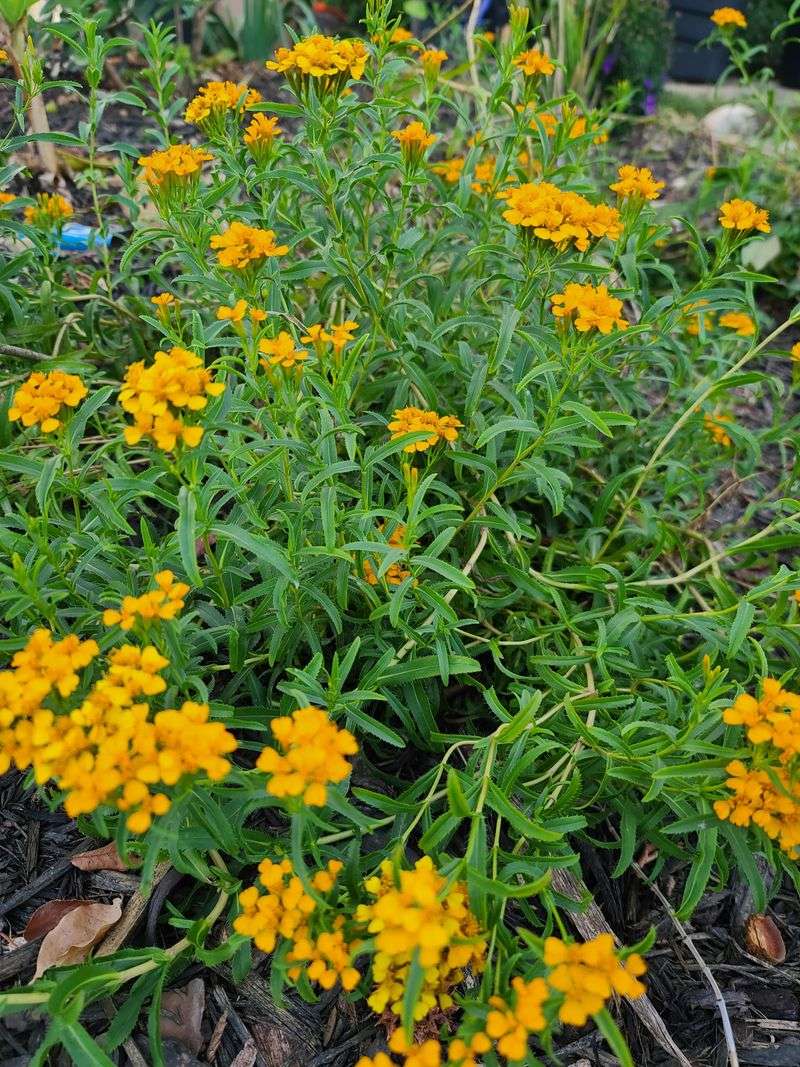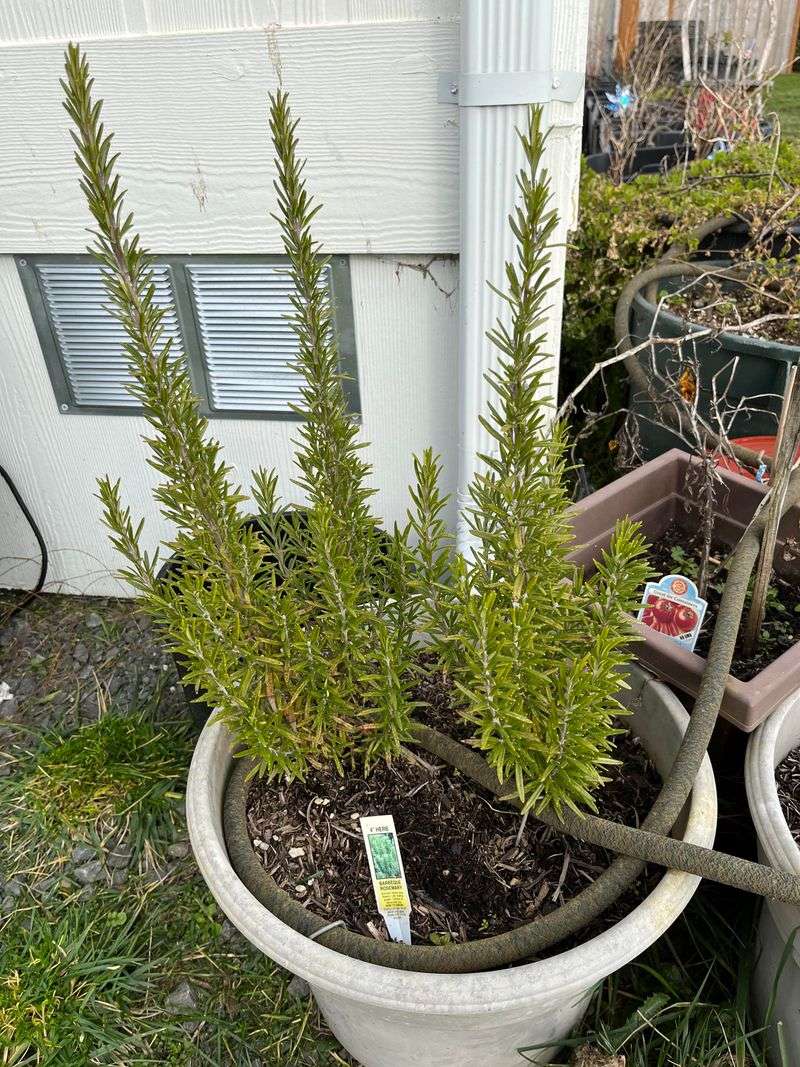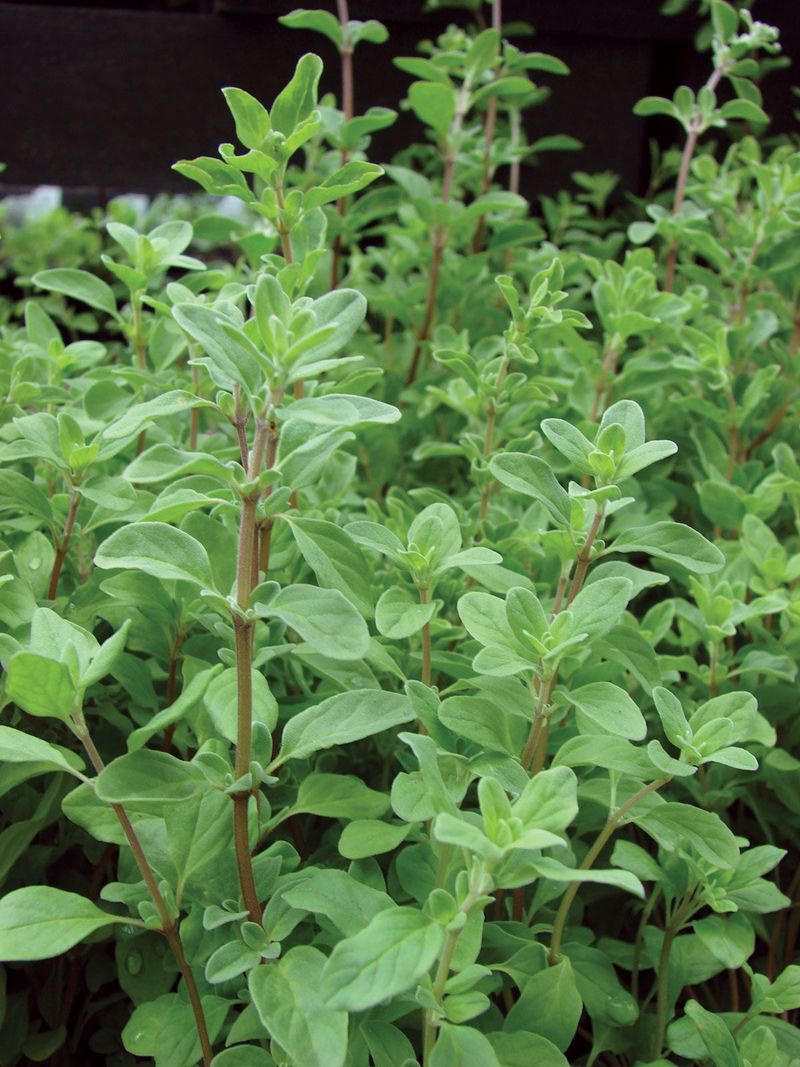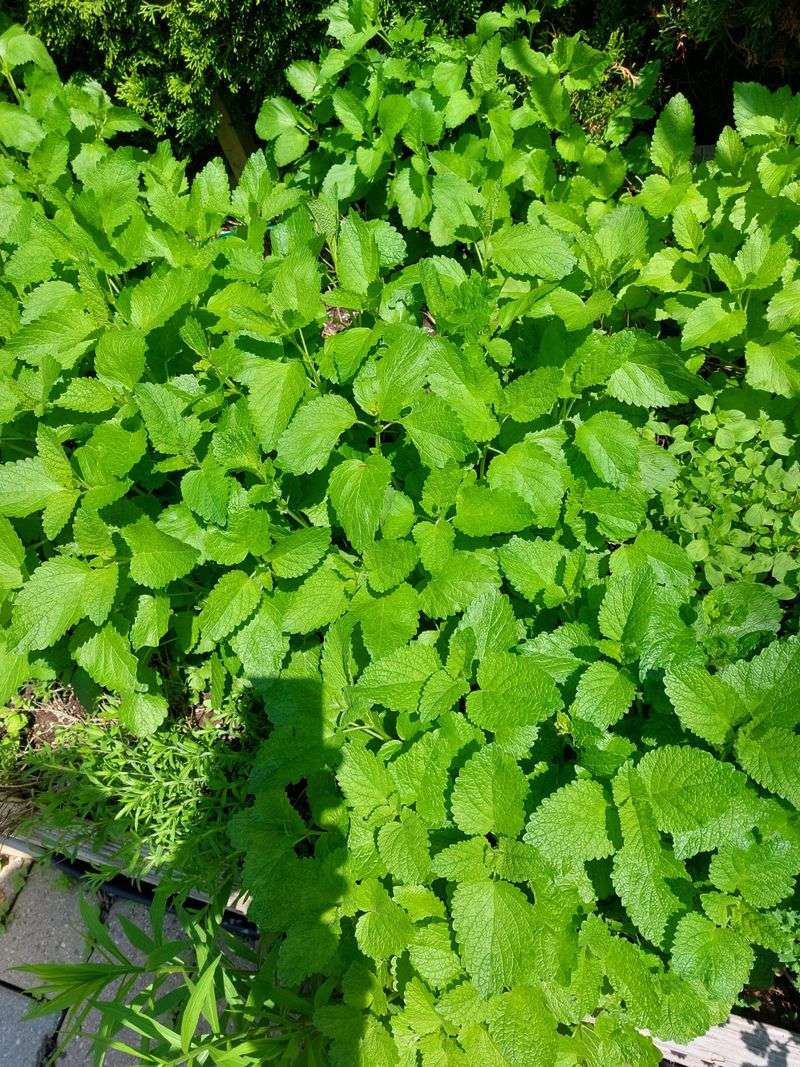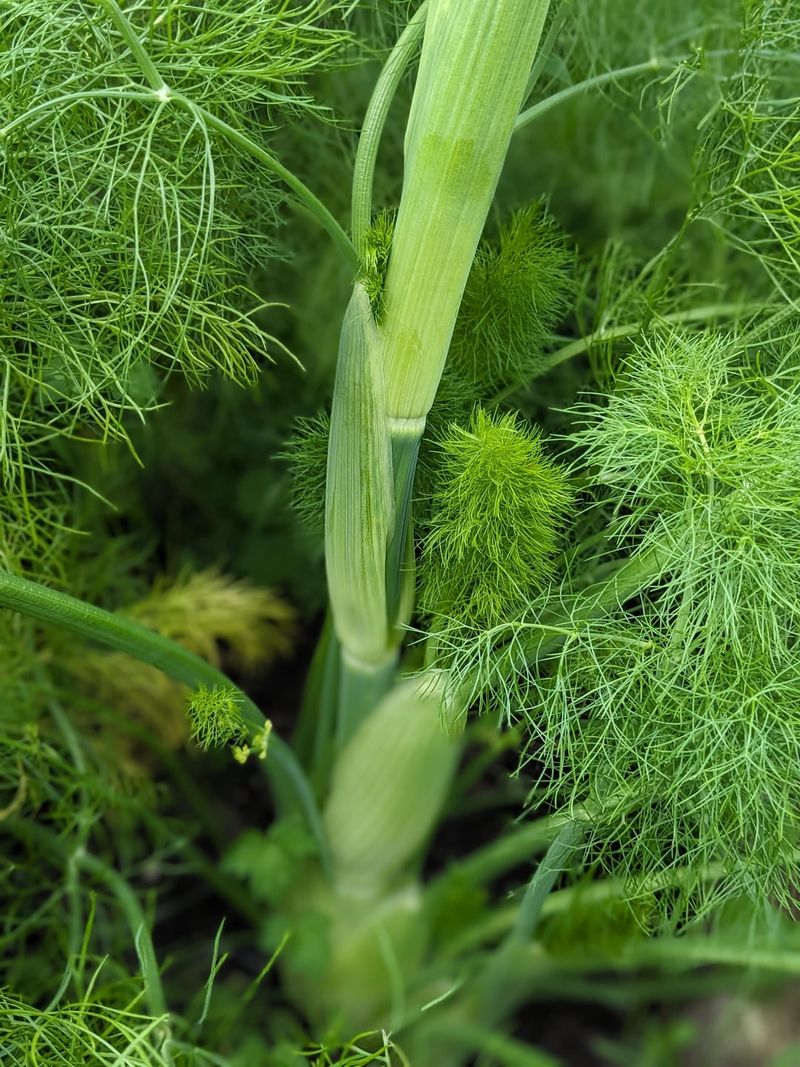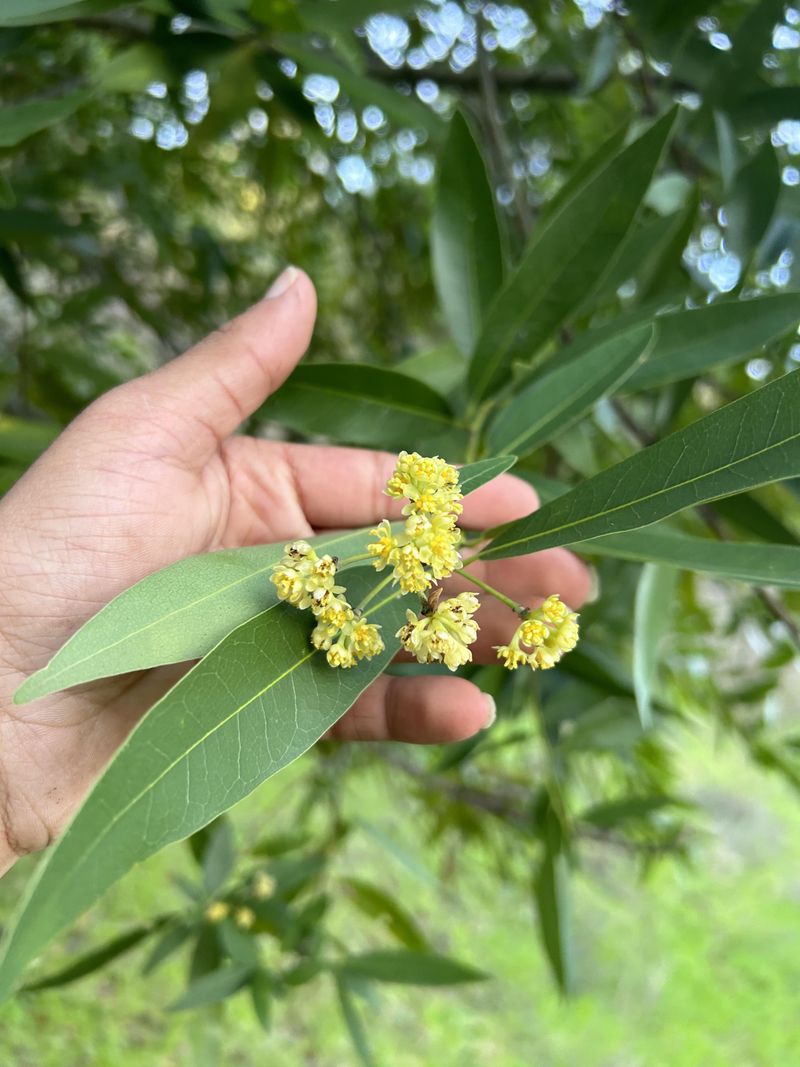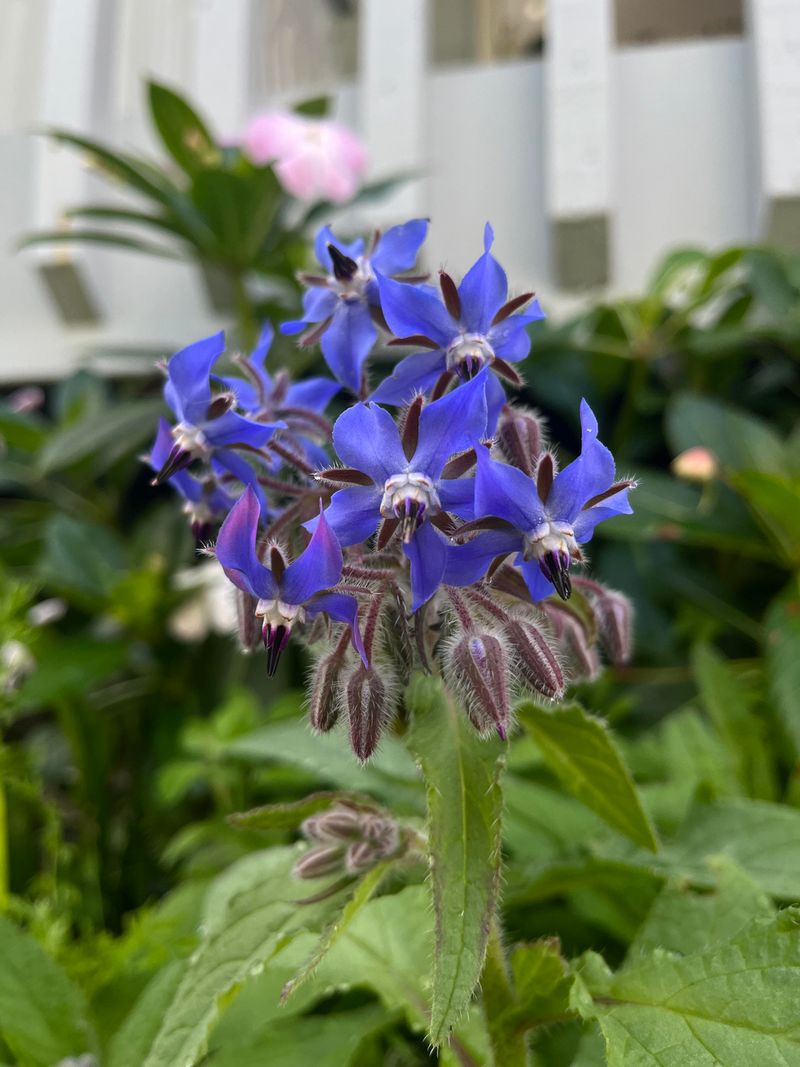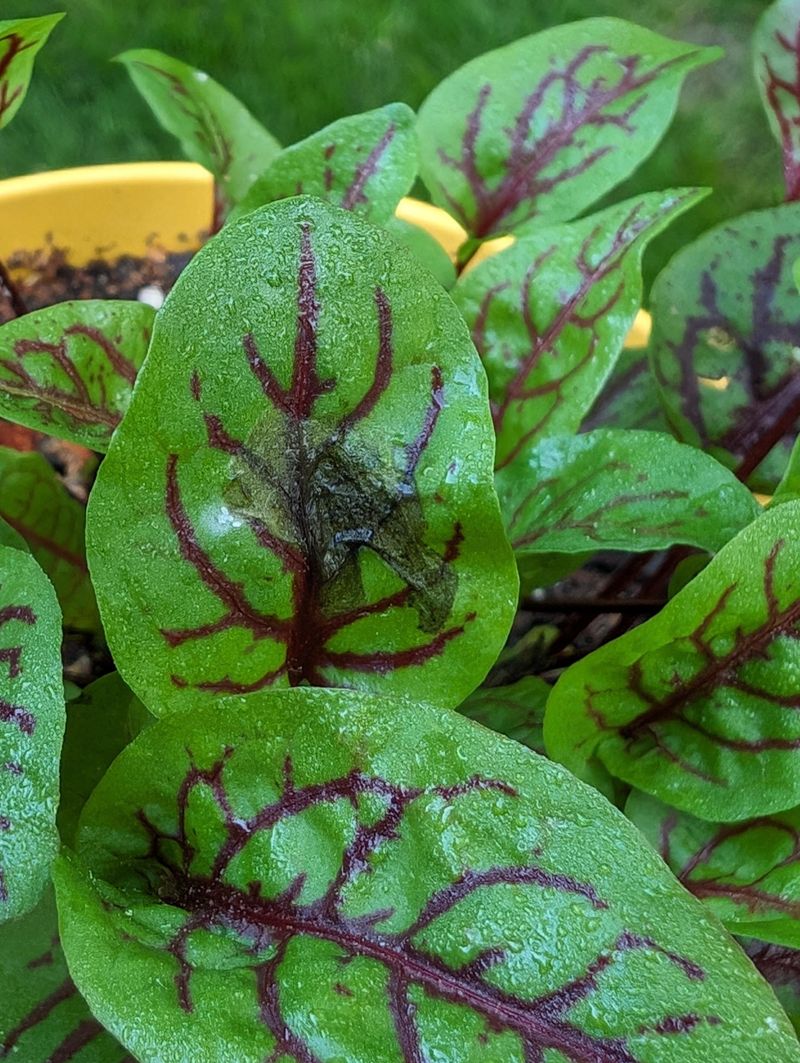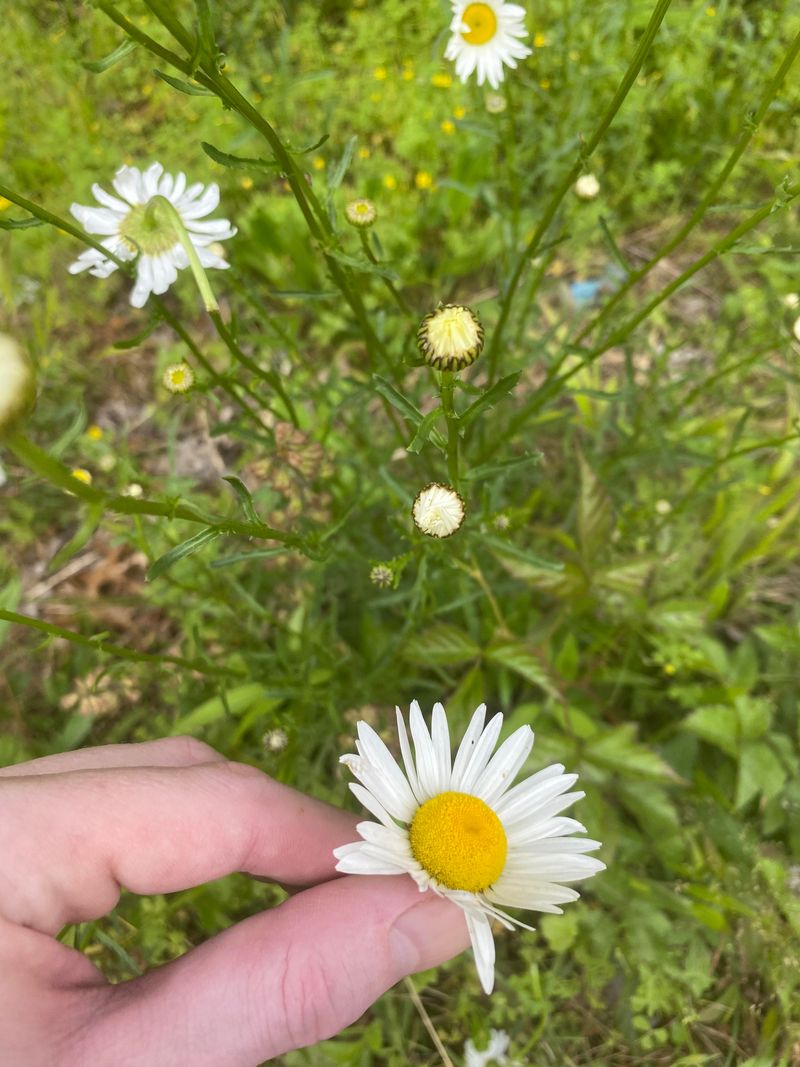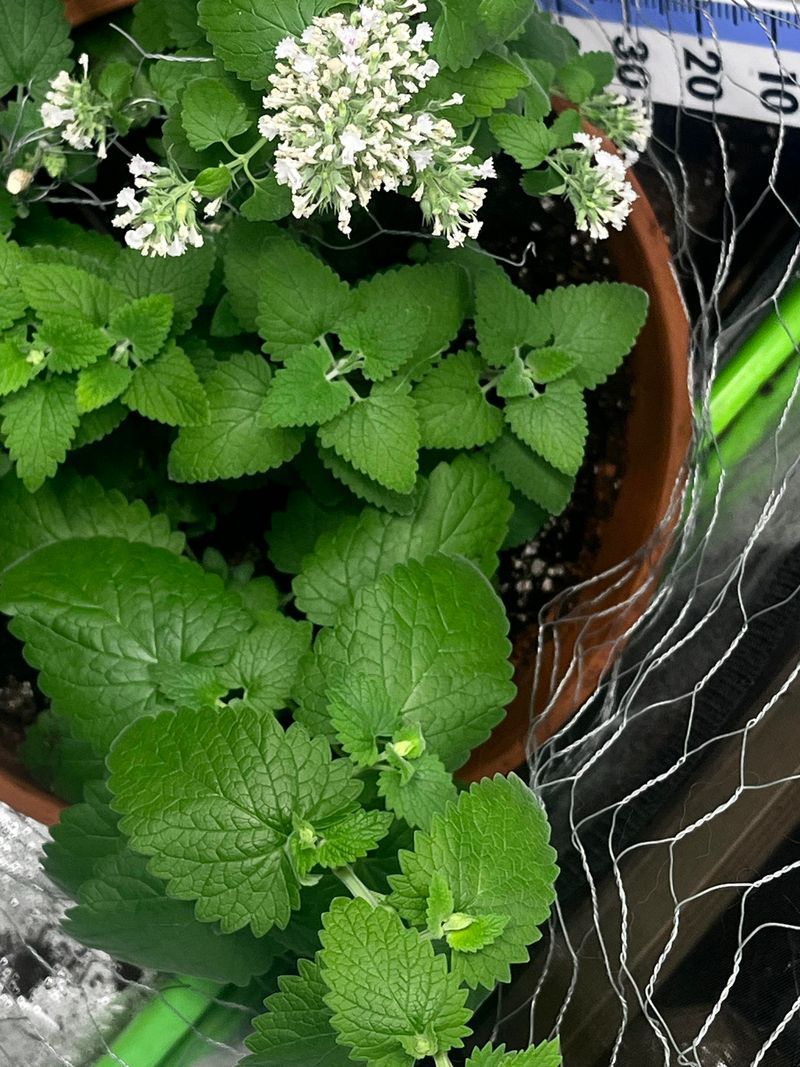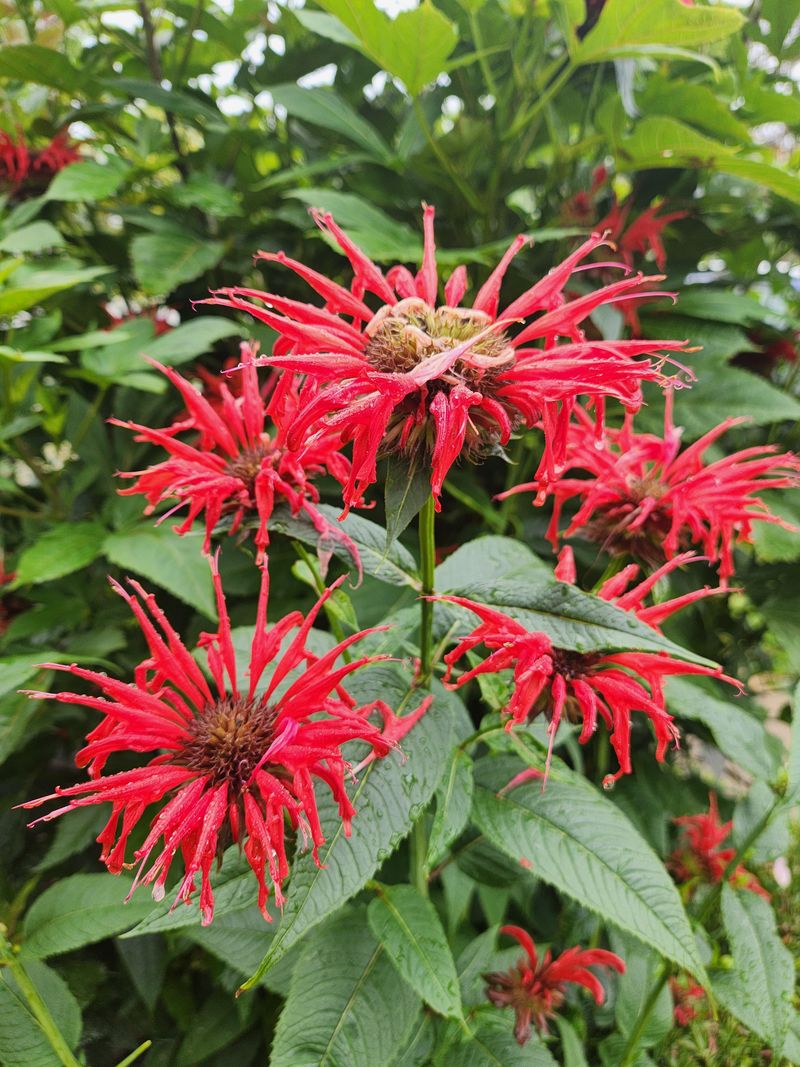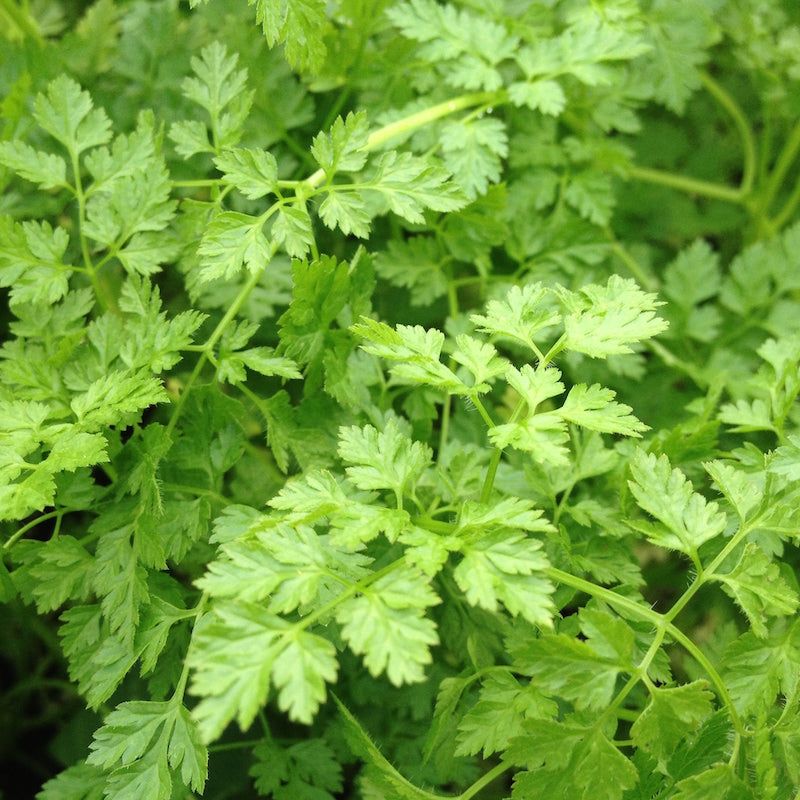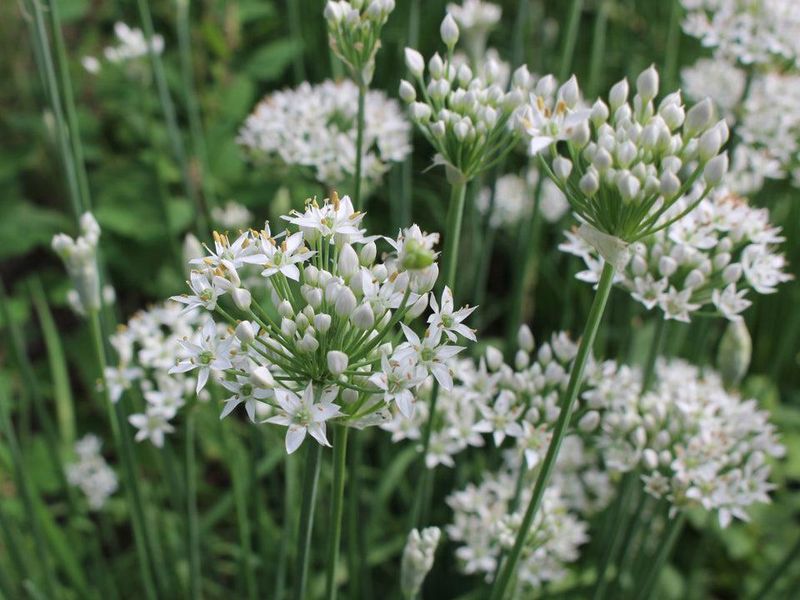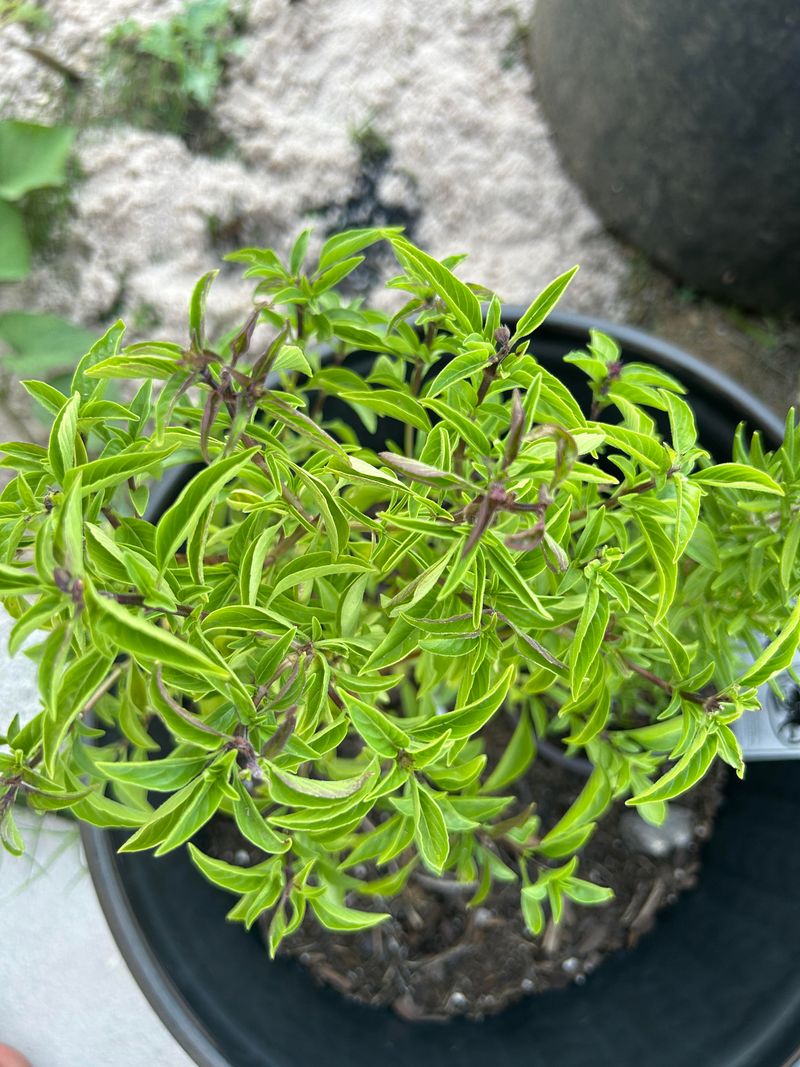Spring ushers in a vibrant tapestry of growth, and there’s no better time to enrich your culinary creations with fresh herbs. As temperatures rise and days lengthen, these 26 herbs flourish, offering a palette of flavors and aromas that transform ordinary dishes into extraordinary experiences. Join me on this flavorful journey as we explore the herbs that thrive in spring, each with its unique character and culinary magic. Whether you’re an avid gardener or a culinary enthusiast, these herbs will invigorate your kitchen and garden alike. Let’s explore the wonders of spring’s herbal bounty!
1. Basil
Basil is the bold, fragrant star of many spring gardens, known for its vibrant green leaves and sweet, peppery aroma. A must-have in pesto and pasta, this herb thrives in warm weather and sunshine. Pinching off flower buds encourages lush, bushy growth.
Plant basil in well-drained soil and give it at least six hours of sunlight daily. Water regularly but avoid soggy soil—basil hates wet feet. Harvest leaves often to keep the plant productive and flavorful.
2. Chives
Chives are the subtle onion-scented herb that add a mild zing to everything from eggs to baked potatoes. Their thin green stalks and purple pom-pom flowers make them both tasty and ornamental. Once established, they come back every spring with minimal fuss.
Grow chives in full sun or light shade, and keep the soil moist but not drenched. Snip from the outside in to keep the plant vigorous. They’re a perfect fit for garden beds, pots, or even windowsills.
3. Cilantro
Cilantro brings a bright, citrusy burst of flavor to salsas and curries, though it tends to divide taste buds. Its delicate leaves love the cool days of early spring, but bolt quickly in heat. Luckily, the seeds it leaves behind (aka coriander) are just as useful.
Sow cilantro seeds directly into the soil in a sunny spot with good drainage. Succession planting every couple of weeks keeps the harvest coming. Water regularly to prevent premature flowering.
4. Dill
Dill is the feathery, fresh herb that adds depth to pickles, salads, and seafood dishes. Its tall stems and yellow flower heads are also great for attracting pollinators. The entire plant—from leaves to seeds—is edible and useful.
Dill prefers full sun and well-drained soil; plant it directly in the ground since it doesn’t transplant well. Keep it watered, especially during dry spells. Let a few plants go to seed for a continual harvest cycle.
5. Parsley
Parsley may seem like a simple garnish, but it packs a punch in soups, salads, and sauces. With flat or curly leaves and a mild, slightly peppery taste, it’s a springtime staple. Plus, it’s a nutritional powerhouse rich in vitamins.
Start parsley seeds indoors or sow them directly into moist, rich soil. It loves partial to full sun and consistent moisture. Be patient—it takes time to germinate but rewards you with lush green mounds.
6. Mint
Mint is a refreshing powerhouse that can invigorate teas, desserts, and cocktails with just a few leaves. Its strong aroma and spreading roots mean it thrives—and takes over—if left unchecked. Even a tiny sprig will root easily in water or soil.
Grow mint in containers to control its wild nature, placing it in a partly sunny spot. Water it regularly and trim often for best flavor. Don’t be afraid to cut it back hard—it’ll bounce right back.
7. Oregano
Oregano brings bold, earthy flavor to Italian, Greek, and Mexican dishes, with tiny leaves that pack serious punch. This tough perennial loves heat and dry conditions, thriving on neglect. Once established, it’s nearly indestructible.
Plant oregano in full sun with well-drained soil, and don’t overwater. Prune it regularly to encourage new growth and prevent woodiness. Harvest leaves as needed, especially before the plant flowers.
8. Thyme
Thyme is a low-growing herb with tiny, aromatic leaves that lend savory depth to everything from roasted veggies to meats. It’s as ornamental as it is flavorful, spreading gently like a fragrant carpet. Plus, it’s a pollinator magnet in bloom.
Thyme loves full sun and dry, sandy soil—perfect for rock gardens or borders. Water sparingly and trim after flowering to keep it tidy. Snip sprigs anytime for cooking; it keeps on giving.
9. Sage
Sage is the soft, silvery herb that brings warmth and depth to stuffing, meats, and teas. It has a robust, earthy flavor and a subtle hint of eucalyptus. In spring, its velvety leaves bounce back with energy.
Give sage a sunny spot with well-drained soil and minimal watering. Prune back woody stems after winter to encourage new growth. It’s drought-tolerant and happiest when a bit neglected.
10. Tarragon
Tarragon is a gourmet favorite with slender leaves and a distinctive anise-like flavor that elevates sauces and chicken dishes. French tarragon is the prized variety, but it doesn’t produce viable seeds—so it’s usually propagated from cuttings. Its flavor is subtle, complex, and completely addictive.
Plant tarragon in full sun and well-drained soil, and avoid overwatering. Give it room to spread and prune often to encourage fresh growth. Overwinter indoors or mulch heavily in colder zones.
11. Rosemary
Rosemary is a woody, fragrant herb that instantly transports you to the Mediterranean with its piney aroma and needle-like leaves. It’s perfect for roasting, grilling, and even baking. Plus, it’s drought-tolerant and attractive enough to double as a landscape plant.
Grow rosemary in full sun and well-draining soil, ideally in a container if your winters are harsh. Allow the soil to dry between waterings to prevent root rot. Prune often to keep it bushy and aromatic.
12. Marjoram
Marjoram is oregano’s sweeter, more delicate cousin, with a gentle floral flavor that shines in soups and dressings. Its tiny leaves and tidy growth habit make it a charming addition to any herb garden. When crushed, it releases a warm, spicy fragrance.
Give marjoram plenty of sunlight and well-draining soil, and water only when the top inch dries out. It thrives in containers or garden beds alike. Harvest regularly before flowering to capture the best flavor.
13. Lemon Balm
Lemon balm has cheerful, crinkly leaves that release a burst of lemony goodness with just a touch. It’s a favorite for calming teas, sweet treats, and even natural insect repellent. Bees absolutely love its tiny white flowers.
Plant in partial sun to full sun and rich, moist soil. Like mint, it spreads quickly—so containers can help tame it. Trim often to prevent flowering and keep the flavor vibrant.
14. Lovage
Lovage is the garden’s secret celery impersonator, with tall stems and bold, savory flavor. It adds depth to soups, stews, and broths with just a few leaves. The whole plant—leaves, stems, seeds, and roots—is usable.
Lovage loves cool spring weather and rich, moist soil with good drainage. Give it room—it grows big and bold. Cut back flowers to focus energy on leaf production.
15. Fennel
Fennel flaunts feathery foliage and a sweet, licorice taste that perks up salads and seafood. Its bulb, leaves, and seeds are all culinary gold. It’s both beautiful and practical, drawing in beneficial insects.
Plant fennel in full sun with well-drained soil, spaced generously to allow bulb development. Keep the soil moist but not soggy. Avoid planting near dill to prevent cross-pollination.
16. Bay Laurel
Bay Laurel is the tree behind the classic bay leaf, used to flavor soups and stews with its subtle bitterness. Its glossy leaves are evergreen and aromatic, perfect for year-round harvest. Though slow-growing, it’s long-lived and low-maintenance.
Grow in a container if you’re in a colder climate so it can come inside in winter. It prefers full sun to partial shade and well-drained soil. Prune lightly to shape and encourage new growth.
17. Borage
Borage is a bee-magnet with star-shaped blue flowers and fuzzy leaves that taste like cucumber. It’s an edible ornamental that’s as useful in salads as it is in the garden. The flowers even freeze beautifully in ice cubes for drinks.
Plant borage in full sun and average, well-drained soil—it reseeds itself generously. Water regularly until established, then only during dry spells. Deadhead flowers to extend bloom time or let it reseed naturally.
18. Sorrel
Sorrel is the zesty green you didn’t know you needed—its lemony bite perks up salads, soups, and sauces. It grows in tender clumps and returns reliably year after year. The younger the leaves, the better the flavor.
Plant in full sun to part shade and rich, moist soil. Harvest leaves often to encourage fresh growth and prevent bitterness. It’s cold-hardy and one of the first greens to pop up in spring.
19. Chamomile
Chamomile is a calming classic, known for its apple-scented blossoms and soothing tea. Its daisy-like flowers bring charm to any garden while attracting pollinators. Both Roman and German chamomile grow easily and offer gentle, healing properties.
Plant in full sun with well-drained soil, and don’t overwater. Chamomile thrives on a bit of neglect and will self-seed year after year. Harvest flowers when they’re fully open for the best flavor and aroma.
20. Anise Hyssop
Anise Hyssop is a tall, striking herb with purple flower spikes and sweet licorice flavor. Bees and butterflies adore it, and it adds a delightful twist to teas and desserts. It’s hardy, fragrant, and a true pollinator magnet.
Plant in full sun and average soil, spacing plants well to allow airflow. Water regularly until established, then let nature take the lead. Cut back after flowering to keep the plant tidy and promote reblooming.
21. Catnip
Catnip is the feline favorite that also makes a soothing tea for humans. Its soft, gray-green leaves and delicate blooms make it an attractive addition to any herb patch. Just be ready for the neighborhood cats to come visiting.
Grow catnip in full sun and well-drained soil—once established, it’s drought-tolerant and low-maintenance. Harvest leaves before flowering for the best potency. Trim regularly to keep it bushy and contained.
22. Bee Balm
Bee Balm, also known as Monarda, bursts with wild, spiky blooms in reds, pinks, and purples. Its citrusy, mint-like flavor is great in teas and garnishes, and it’s a hummingbird magnet. It brings both color and flavor to your garden.
Plant in full sun to part shade with rich, moist soil, and give it good air circulation to avoid mildew. Divide every couple of years to keep it thriving. Cut back after bloom to encourage a second round of flowers.
23. Chervil
Chervil is the delicate French cousin of parsley, with a subtle anise flavor perfect for egg dishes and sauces. It’s one of the classic “fines herbes” and prefers the cool weather of early spring. Its lacy leaves look as elegant as they taste.
Plant in part shade and moist, fertile soil—heat will cause it to bolt quickly. Succession planting keeps fresh leaves coming. Harvest regularly, and pinch off flowers to extend the season.
24. Garlic Chives
Garlic Chives blend the best of both worlds with flat leaves that taste like mild garlic. Their white, starry flowers are edible too, and bring elegance to any garden. The flavor adds a savory punch to stir-fries and dips.
Grow in full sun to part shade in rich, well-drained soil. Water regularly and divide clumps every few years to keep them healthy. Snip leaves often—they grow back fast and full.
25. Winter Savory
Winter Savory is a bold, peppery herb that pairs beautifully with beans, meats, and root veggies. Its woody stems and dark green leaves are hardy and flavorful even in colder months. It’s the little herb that packs a spicy punch.
Plant in full sun and well-drained soil, trimming regularly to maintain its compact shape. It’s drought-tolerant and thrives with minimal care. Great for rock gardens or borders where flavor meets form.
26. Fenugreek
Fenugreek is a hidden gem with clover-like leaves and a nutty, maple-like scent when dried. It’s used in everything from spice blends to leafy greens in Indian cuisine. The seeds and leaves are both edible and loaded with flavor.
Sow directly in full sun and well-drained soil, and keep the soil consistently moist. Harvest the leaves young for tenderness or let it mature for seed collection. It grows fast, making it a perfect springtime crop.


